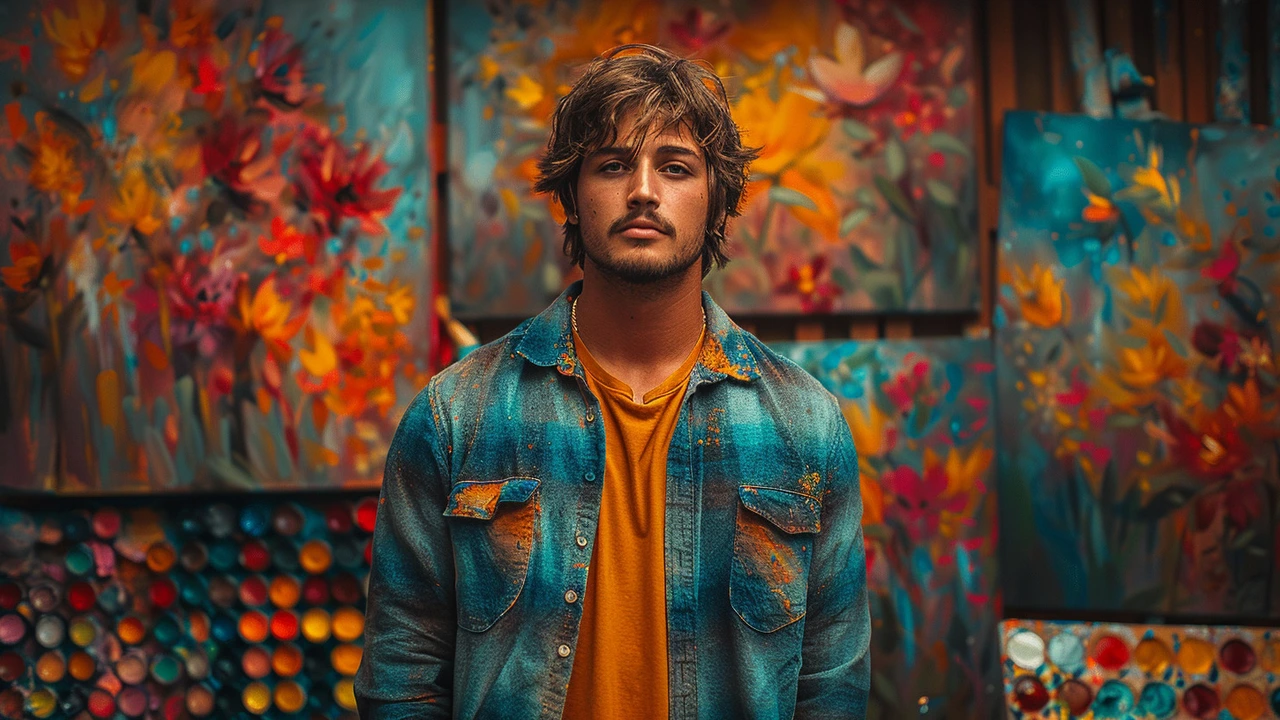Painting Techniques: Practical Tips to Improve Your Work
A surprising trick: small changes in brush angle and pressure can make a painting look professional fast. If you want clearer results, focus on controllable moves - how you load the brush, how you blend, and how you layer paint. This page gives short, practical tips you can use right away with oils, acrylics, or watercolors.
Start by picking the right brush and load
Use flat brushes for sharp edges and large washes, round brushes for lines and details. Load the brush with the right amount of paint - too much makes blobs, too little makes streaks. For smooth blends, keep a clean, dry brush to feather edges, or use a soft fan brush to soften transitions.
Understand your medium. Oils dry slowly and let you rework areas; acrylics dry fast and need retarder or water to extend blending time; watercolors rely on paper and timing more than brush type. Match your technique to the medium: wet-on-wet for oils, glazing thin acrylic layers for depth, and wet-on-dry for crisp watercolor shapes. Use a palette knife with heavy body paints for sharp textures and quick impasto.
Mix colors with a plan
Start by squinting at your subject to see big color masses, not tiny details. Mix a base color, then add small amounts of warmer or cooler tones to adjust. Keep a limited palette of three to five main colors to avoid muddy mixes. Test mixes on scrap paper or canvas edge before applying to your work.
Build values before color. Lay down a value sketch with thin paint or a wash to map lights and darks. Values create depth faster than perfect color choices. Once values are set, place midtones and highlights with confidence. Highlights should be the last step; they pull the piece together.
Texture and edges matter. Hard edges draw attention; soft edges recede. Use hard edges where you want focus and soft edges to suggest atmosphere. For texture, experiment with dry brushing, scumbling, and stippling - each gives a different surface feel. A palette knife and thick paint give bold texture for focal points.
Avoid common mistakes. Don't match colors straight from tubes; mix first. Don't overwork areas - stop when marks still look fresh. Don't ignore drying times; varnish too soon and dust will get trapped. Clean brushes promptly to keep edges crisp and colors pure.
Practice with small studies. Spend 15-30 minutes copying a small area of a photo to practice a single technique, like glazing or a particular brush stroke. Repeating short studies builds muscle memory faster than one long session.
Quick fixes & tools
Use a mahl stick to steady your hand for fine details and cheap masking tape to get razor-sharp borders. When a color is off, glaze a thin transparent layer instead of repainting. For accurate scale, try a simple grid on reference and canvas. Photograph your work in neutral daylight to spot value errors you miss in the studio. Keep a sketchbook to test ideas before committing to the canvas.

